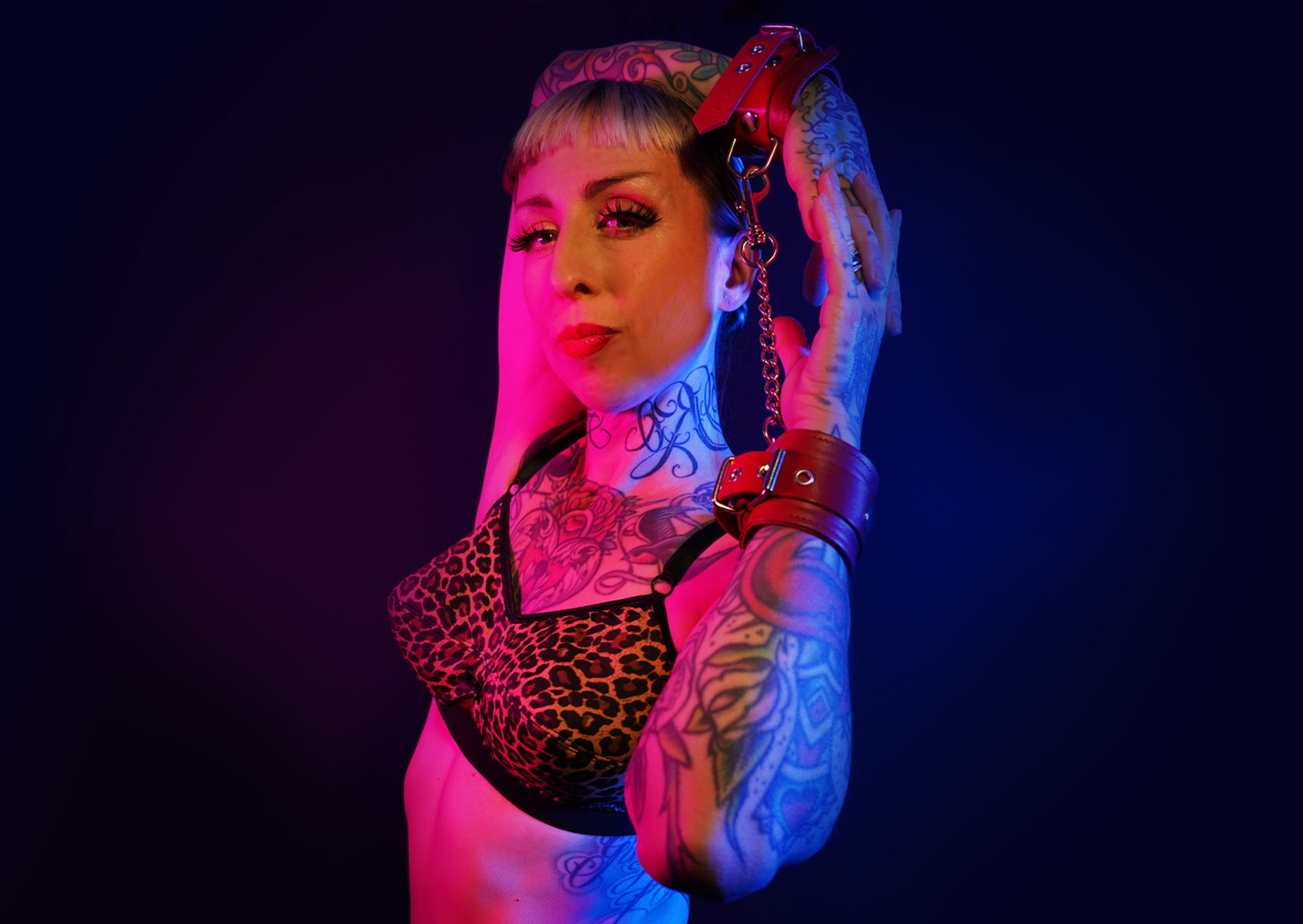Understanding Demigender Identity
Gender identity, the deeply personal understanding of one’s own gender, exists on a spectrum far beyond the traditional binary of male and female. Within this diverse landscape, demigender individuals navigate a unique experience where their gender partially aligns with a particular gender but not entirely. Exploring the nuances of demigender identity sheds light on the fluidity and complexity of gender expression and allows for a greater understanding and acceptance of individual experiences.
Defining Demigender
Demigender is an umbrella term encompassing individuals who partially identify with one gender while not fully identifying as that gender. It recognizes that gender identity can exist on a spectrum, allowing for shades and variations beyond the binary categories of male and female. For example, someone who identifies as demifluid might feel their connection to their gender fluctuate, sometimes feeling more aligned with a particular gender and other times feeling less so.
Spectrum of Demigender Experiences
The experience of being demigender can vary widely from person to person. Some demigender individuals may identify as half-male and half-female, while others may feel a partial connection to a different gender altogether. It’s important to remember that demigender is not a fixed identity but rather a fluid experience that can evolve over time.

Understanding the spectrum of demigender experiences requires embracing the diverse ways in which individuals express and understand their gender. Some demigender people may choose to use traditional binary pronouns, while others may prefer pronouns outside of the male/female binary, such as they/them or neopronouns.
Ultimately, the best way to understand someone’s demigender identity is to ask them directly and respect their self-identified pronouns and gender expression.
Exploring the Nuances of Demigender Expression
Gender identity is a complex and multifaceted aspect of human experience, extending far beyond the traditional binary categories of male and female. Demigender individuals navigate this landscape with a unique understanding of their own gender, partially aligning with one gender while not fully identifying as that gender. Exploring the nuances of demigender expression sheds light on the fluidity and diversity within gender identity, fostering a deeper comprehension and acceptance of individual experiences.
Gender Markers and Presentation
Gender markers and presentation are also important aspects to consider when understanding demigender identities. These outward expressions of gender can align with, partially align with, or diverge completely from an individual’s internal sense of self. Some demigender people may choose to present in ways that reflect their partial identification with a specific gender, while others may opt for presentations that transcend traditional binary norms.
For instance, someone who identifies as demiboy might incorporate masculine elements into their clothing or hairstyle, but they may also incorporate feminine elements or styles that challenge conventional expectations of masculinity. Similarly, a demigirl might express themselves through clothing, mannerisms, or other means in ways that blend traditionally feminine and masculine elements.

It’s crucial to remember that gender expression is deeply personal and can vary greatly from individual to individual, regardless of their gender identity. Respecting an individual’s chosen gender markers and presentation is essential for creating a supportive and inclusive environment where all individuals can feel comfortable expressing their authentic selves.
Societal Expectations and Pressure
Societal expectations and pressure can significantly impact demigender individuals, often leading to internal conflict and distress. Traditional gender norms, deeply ingrained in many cultures, may dictate specific behaviors, appearances, and roles associated with being male or female. Demigender individuals who do not conform to these rigid expectations may face misunderstanding, judgment, or even discrimination.
These pressures can manifest in various ways. For instance, a demigender person might feel compelled to present in a way that aligns more closely with societal expectations of their perceived gender, even if it doesn’t authentically reflect their internal experience. This can lead to feelings of inauthenticity and emotional distress. Furthermore, the lack of understanding and acceptance from family, friends, or society at large can create isolation and difficulty accessing support.
It’s essential to create spaces where demigender individuals feel safe to express themselves authentically without fear of judgment. This involves challenging rigid gender norms, promoting inclusivity, and providing access to resources that support gender exploration and expression.
The Importance of Acceptance and Support
Embracing and understanding the fluidity of gender identity is crucial in today’s society.
Creating Inclusive Environments
Acceptance and support are fundamental to creating inclusive environments where individuals can thrive authentically. When people feel accepted for who they are, regardless of their gender identity, it allows them to express themselves freely, explore their identities without fear of judgment, and build meaningful connections with others.
Creating inclusive spaces starts with education and awareness. It means understanding that gender is a spectrum and that individuals may identify in ways that fall outside traditional binary categories. It involves learning about different gender identities, pronouns, and expressions, and using this knowledge to create environments where everyone feels respected and valued.
Active listening and open communication are essential for fostering inclusivity. Providing a safe space for individuals to share their experiences, ask questions, and express their needs is crucial. It’s important to approach conversations about gender identity with empathy and a willingness to learn, remembering that everyone’s journey is unique.
Moreover, it is essential to challenge societal norms and biases that perpetuate discrimination and exclusion. This can involve advocating for policies that protect the rights of all individuals, regardless of their gender identity, and speaking out against prejudice and harmful stereotypes.
Resources for Demigender Individuals
For demigender individuals seeking support and understanding, numerous resources are available. Online communities and forums provide safe spaces to connect with others who share similar experiences, offering a sense of belonging and validation. Organizations dedicated to LGBTQ+ rights often have specific resources for demigender individuals, providing information, guidance, and advocacy.
Therapists and counselors specializing in gender identity can offer personalized support, helping demigender individuals navigate their feelings, explore their identities, and develop coping mechanisms for the challenges they may face. Educational materials and websites dedicated to demigender experiences provide valuable information about the spectrum of gender identities and expressions, fostering greater understanding and acceptance.
Remember, seeking help and support is a sign of strength, not weakness. By connecting with others and accessing available resources, demigender individuals can create a more affirming and fulfilling Camilla James life journey.
yin yang sex position
Bronzed Body Spray Tan
- Sculptra Surrey – Collagen Stimulation Therapy Near Woking, Surrey - November 8, 2025
- Sculptra Surrey – Collagen Stimulation Therapy Near Horne, Surrey - November 7, 2025
- Role Of CBD Infused Gummy Edibles In Supporting Mental Clarity - November 6, 2025
